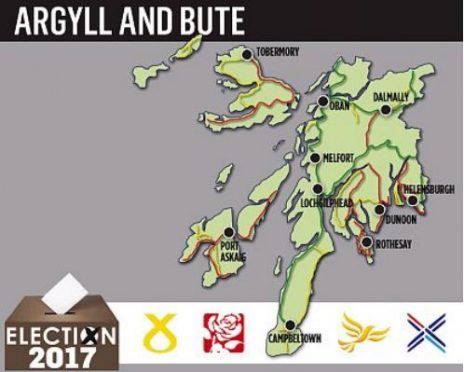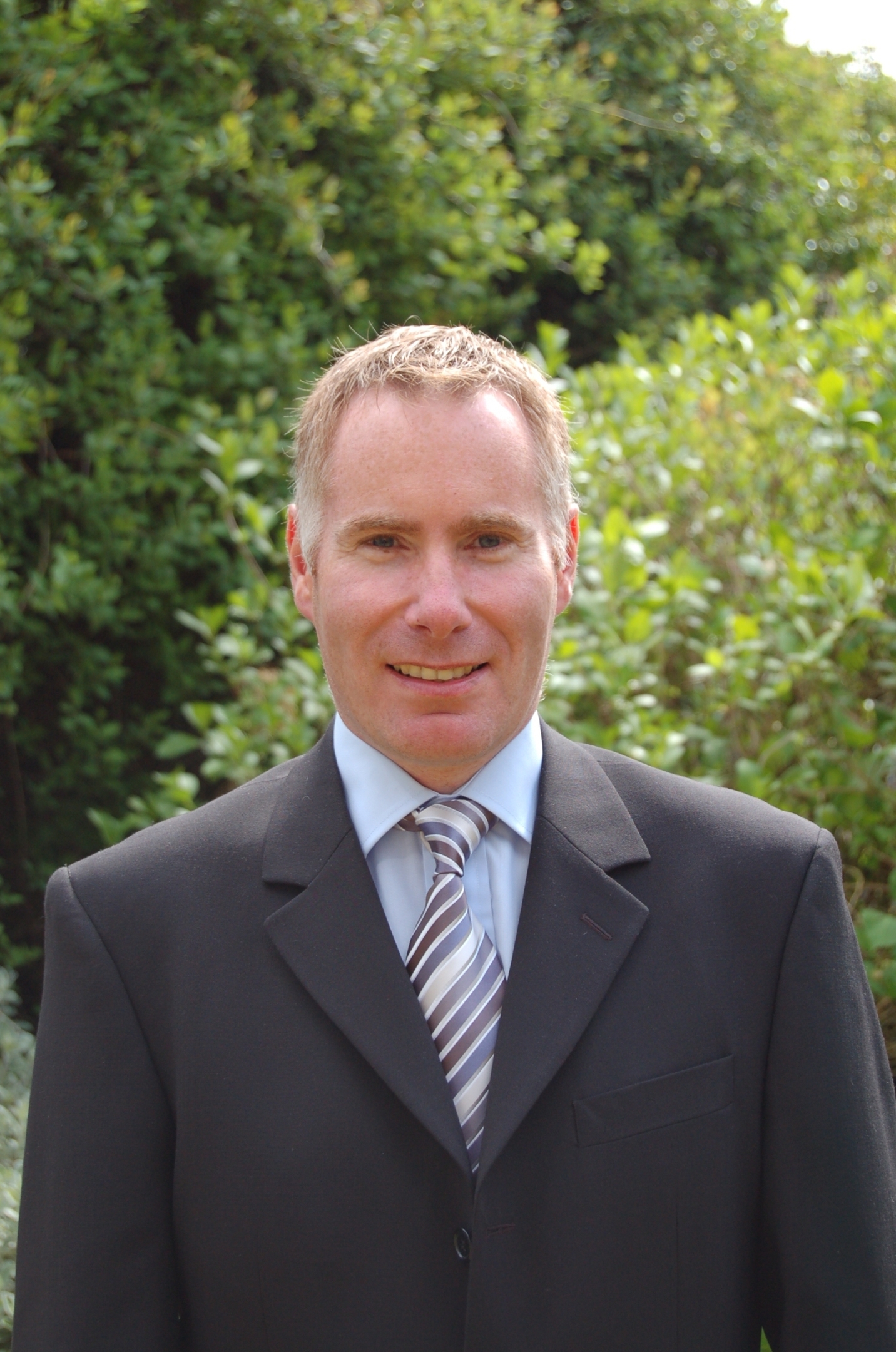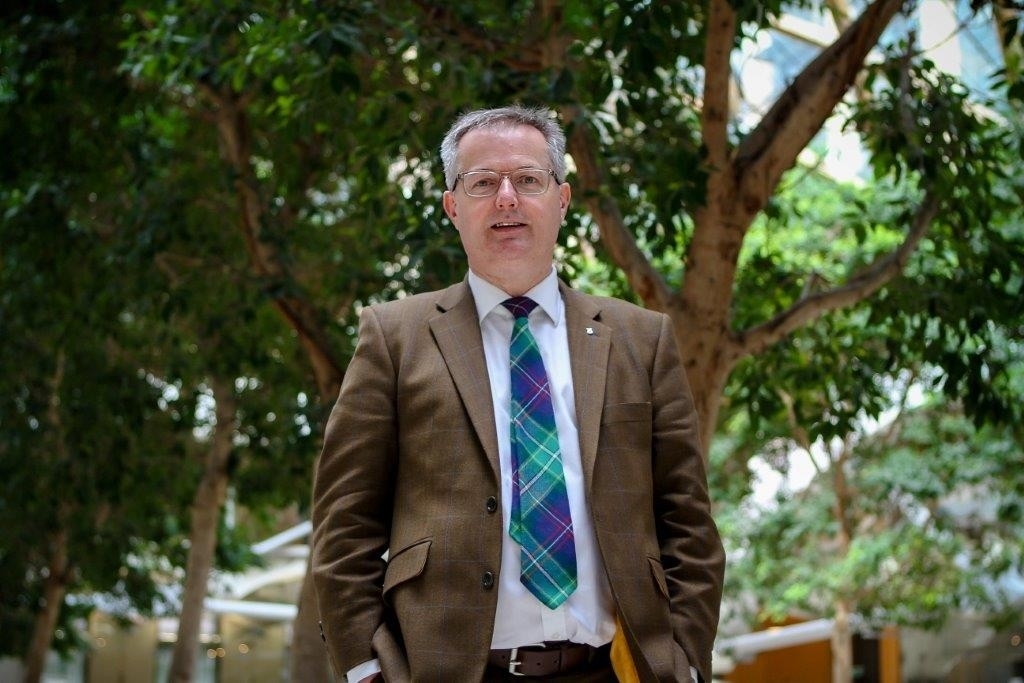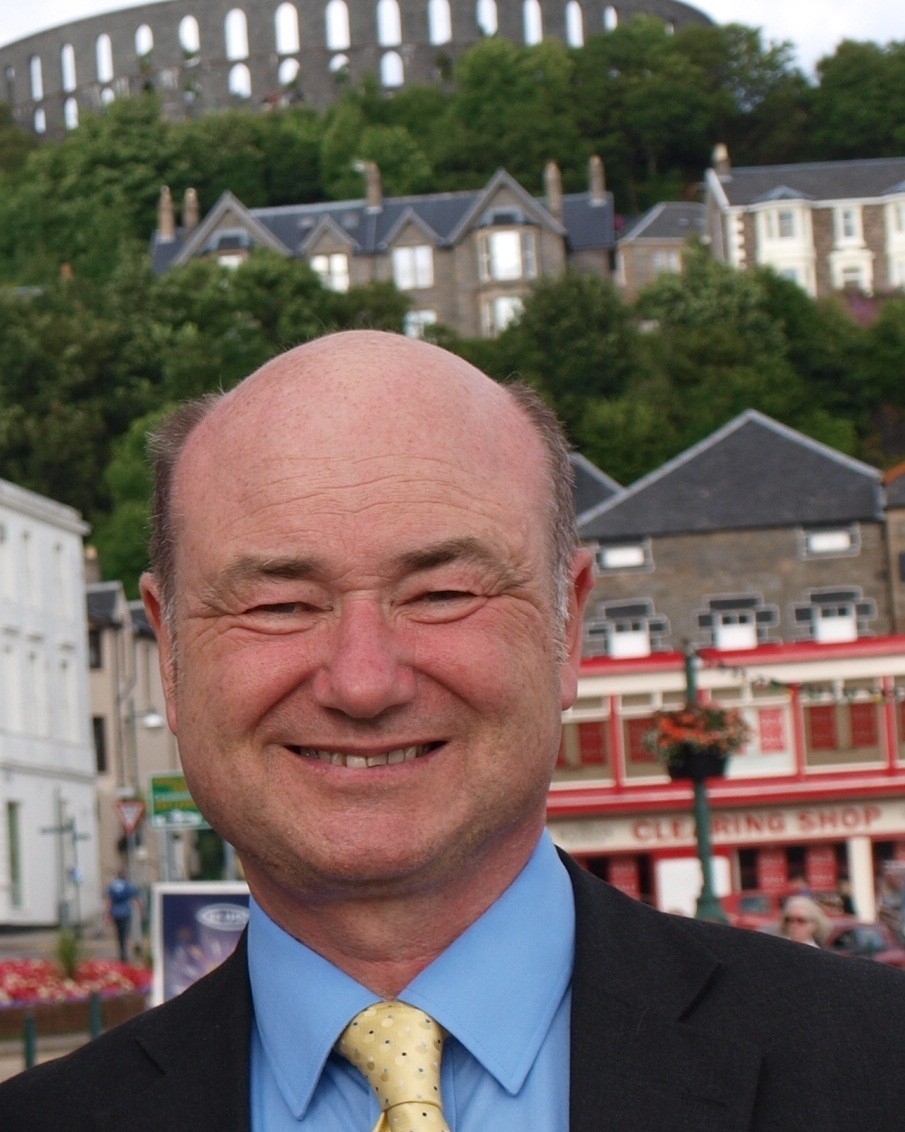Perspectives and priorities vary greatly in a corner of the country which is home to some of Scotland’s most sparsely-populated islands – and the UK’s nuclear deterrent.
The contrast between the lives and outlook of voters in different parts of Argyll and Bute could hardly be more stark, making it a constituency unlike almost any other.
Some reside within commuting distance of Scotland’s largest city, Glasgow, and many work at the country’s second biggest employment site, the controversial Faslane nuclear submarine base.
And yet, many others have opted for the slower pace of life in the seat’s many island communities, including Mull, Islay, Jura, Tiree, Coll, Iona and Colonsay.
Many of these islands are famed for their whisky, and along with Oban, are a magnet for tourists, but their remoteness brings its own set of challenges, not least frustration over ferries and flights, mobile and broadband coverage, and the fragile health and education services.
Such a diverse electorate also inevitably ensures a wide range of political allegiance, and no party can ever afford to take the Argyll and Bute seat for granted.
The Liberal Democrats held the constituency from 1987, when they snatched the traditionally Conservative seat, until it fell to the SNP in the party’s historic landslide victory of 2015.
But historians would have to go back to 1955 to find the last time an MP was elected there with a five-figure majority.
All four main parties boast a significant support base in what has, in the past, been considered a marginal constituency, with just 2,812 votes separating first from fourth in the election of 2001.
And it is only these four parties who will contest the upcoming election for the first time since 1992, with not one of the so-called smaller parties fielding a candidate.
Two years ago, the SNP’s Brendan O’Hara won the seat for the party for the first time since the 1970s, surging from the party’s fourth place finish in 2010 to oust sitting Lib Dem MP Alan Reid.
The pair will go head-to-head once again on June 8 as Mr Reid, who has since been elected to the local authority, seeks to win back a constituency he represented for 14 years.
Mr Reid will hope his established profile in the region will aid him in his quest to overturn Mr O’Hara’s 8,473 majority, but faces his own challenge in holding off Conservative rival Gary Mulvaney.
A fellow Argyll and Bute councillor, Mr Mulvaney is another well-known political figure in the region, having finished runner-up in the seat at the 2010 general election and he was recently appointed council depute leader.
Boosted by an apparent upsurge in their fortunes across Scotland, the Conservatives go into the election in high spirits, having more than doubled their representation on the local authority from four to nine.
However, having two high-profile pro-Union candidates, rather than one, raises the prospect of any anti-SNP vote being split, which could ultimately boost Mr O’Hara’s hopes of retaining the seat.
Labour is the only one of the four main parties never to have held the Argyll and Bute constituency or its forerunners, but has often been in the race in recent decades, coming within 1,653 votes of victory when the party finished runner-up in 2001.
However, candidate Michael Kelly is at risk of paying the price for tactical voters switching to the two other pro-Union candidates next month.
In full: The candidates
- Michael Kelly, 29, Labour, shop worker
- Gary Mulvaney, 48, Conservative, councillor
- Brendan O’Hara, 54, SNP, politician
- Alan Reid, 62, Liberal Democrat, councillor
2015: Argyll result flashback
- Brendan O’Hara, SNP: 22,959
- Alan Reid, Liberal Democrat: 14,486
- Alastair Redman, Conservative: 7,733
- Mary Galbraith, Labour: 5,394
- Caroline Santos, UKIP: 1,311














